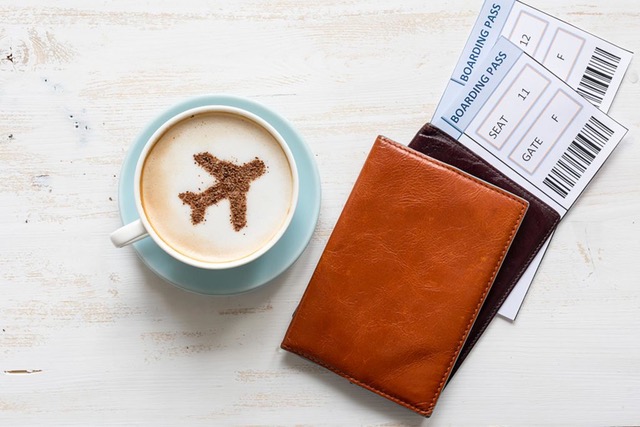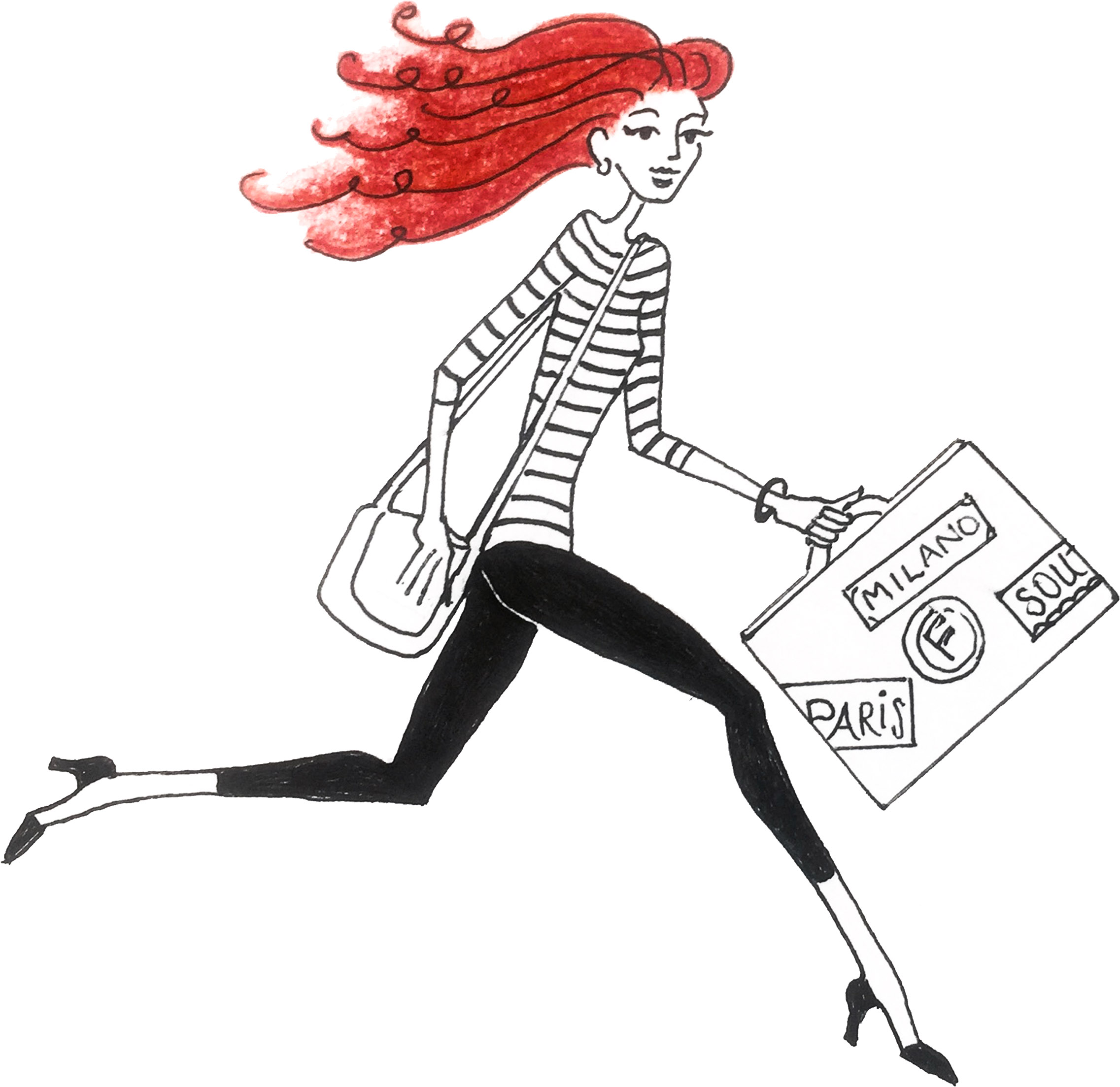Why you should think twice about drinking coffee or tea on a flight.

Overnight and early morning flights can be tough. Sometimes the only thing that will wake you up and help you feel refreshed after hours in the air is a nice warm cup of tea or coffee. But you may want to wait until you can stop at Starbucks in the terminal for that beverage, according to cabin crew members.
Every flight attendant I asked will not drink hot water, plain coffee, or plain tea on the plane. Why the self-imposed ban on these beverages?
Because water for tea and coffee during flights comes from the tap, not from a bottle. And that water can be downright disgusting. According to a 2004 EPA sample of 158 planes, 13 percent contained coliform. Two of the airplanes were found to have E.coli in the water. And an additional EPA study found that one in every eight planes fails the agency’s standards for water safety. A follow-up study in 2013 showed things hadn’t much improved: one out of every 10 planes still tested positive for coliform. (Coliform itself isn’t likely to make you sick, but it can be a red flag other bacteria, like E.coli, are in the water.) Gross!
Water onboard is regulated under the Environmental Protection Agency to ensure safe drinking water on the aircraft. The regulation gives broad discretion to airlines on how often they must test the water and flush the tanks. Some, including the Association of Flight Attendants, don’t believe this regulation goes far enough or is sufficiently enforced.
The bacteria is likely delivered while the water is in transit. According to a 2015 study in the International Journal of Environmental Research and Public Health, more microorganisms exist in the transport vehicles than in the water’s original source, thus transferring the organisms from truck to plane.
Twist’s Take: If you’re going to be jonesing for java on your next flight, make it to-go from Starbucks.
